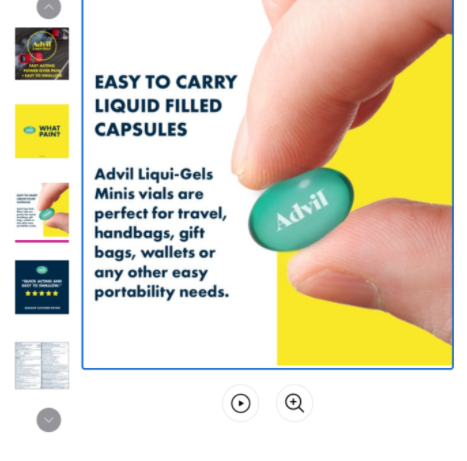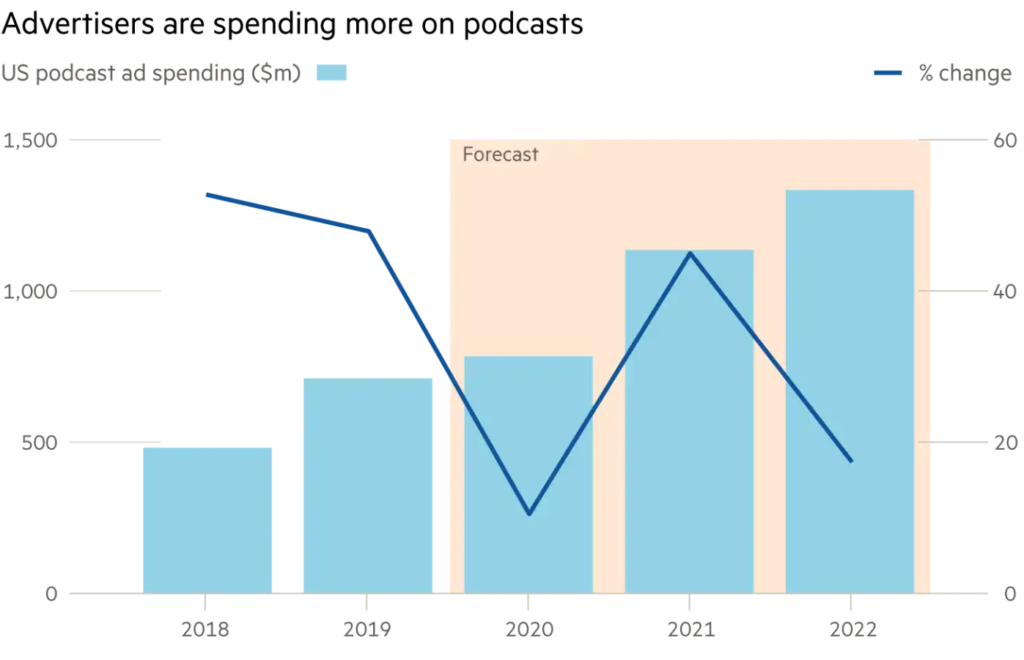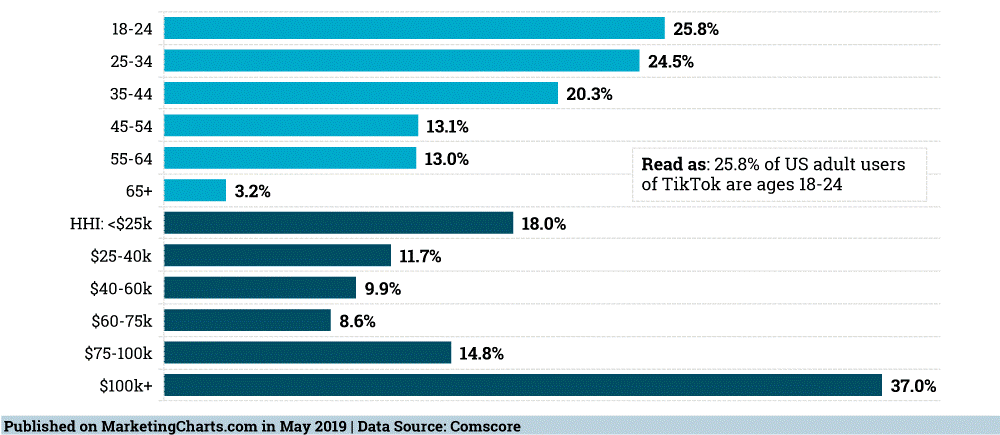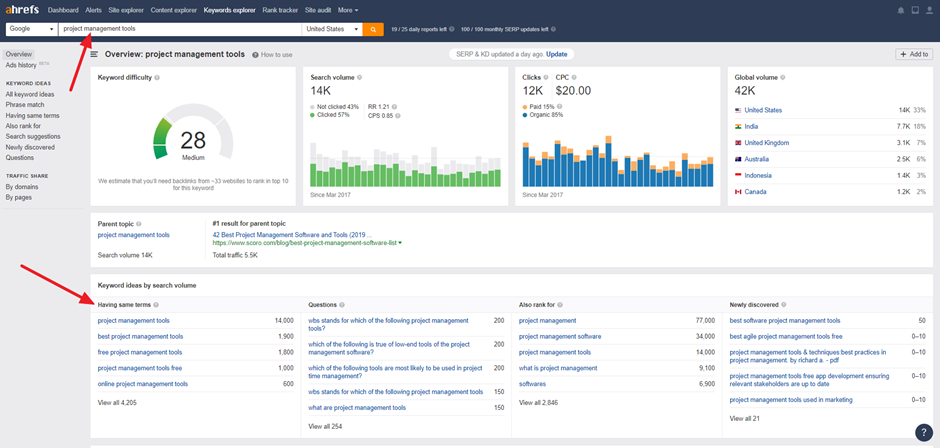With the recent events happening across the US, the topic of diversity and inclusion is one of the most needed discussions in order to promote change both on a personal and business level. Diversity and inclusion is essential in making sure people of all cultural backgrounds not only use their voice but are heard when they use it.
Looking into marketing, in particular, the messaging, content creation, and delivery of communication is essential for not only selling the product and increasing sales but also incorporating those who deserve to be included, which is everyone.
Together we’ll look into the importance of diversity and inclusion in marketing and how to promote it successfully and credibly for the business that you are representing as a marketer and advertiser.
Let’s get started!
Why is it Important to Include Diversity and Inclusion in Campaigns?
Did you know that when people see themselves in the communication of different campaigns they are more likely to purchase from that campaign alone? In fact, 83% of people actually pointed to the fact that representing modern society in a marketing campaign is more impactful and positive, and has the ability to sway their purchasing decisions.
There are several cultural backgrounds that need to be represented and companies have that opportunity to proceed with in order to tap into different demographics in their campaigns.
In a study found by U.S. marketers, 91% of U.S. marketers agreed that there is definitely room for growth in creating more diverse images in their marketing campaigns. There are so many different cultural backgrounds that are left out in marketing campaigns, which has been evident over the last several years. This isn’t to say that isn’t getting better, but there’s a long way to go before the movement is 100% complete and inclusive.
Diversity and Inclusion Go Together
Diversity and inclusion actually work so well together that they really can’t be functioning apart. One cannot be done without the other especially when it comes to the marketing industry.
Diversity is essentially the “what” and inclusion is essentially the “how”. When markers understand what diversity really means, then they understand how to include others and take the action to promote positive change.
Think about it this way. When a company informs their employees on what diversity truly entails within the marketing industry, then those employees of that company can learn and act upon including others within their marketing campaigns and communication. It becomes a cycle that then spreads positive change and continues to grow. Diversity is the foundation.
Diversity Generates Revenue
What most people don’t realize is that diversity actually generates much more revenue for a company. When there are markets that are not targeted, it leaves the opportunity for companies to generate sales in those areas. For example, when a company releases a new product that is essentially targeted to two demographics of different cultural backgrounds but not one other, then that one other carries the opportunity for revenue to be made down the line if the company decides to start marketing in that direction.
It’s important for marketers to dig into their audience and understand who would truly best fit for the products and their marketing campaigns. This is done through extensive marketing research followed by measuring the different outcomes of those campaigns and sale generation. By having a heavy hold and attention to detail, the right diversity and inclusion will benefit a company in so many different ways.
These are Key Features for Embracing Diversity
After understanding how both diversity and inclusion go together, we can now look at how to embrace diversity within the company and execute it to different consumers. These are the following features that allow marketers to truly embrace diversity within their campaign messaging.
Learning the history of a company: By understanding the company history on the internal and external levels, the current employees of that company can then see how to move forward and improve in all areas.
Knowing different cultural backgrounds: The company can then find the cultural backgrounds that are going to be the best fit for those products. The best way to do this is by testing out the different products and different cultural areas and measuring the different successes to see how they’ll proceed in the future.
Targeting the different groups: After finally knowing the different cultural backgrounds that would work best, the company can then continue to target those different groups repeatedly in order to generate the revenue and then create that loyal customer that companies desire.
Influencers Provide a Role in Diverse Content
The rise of influencers has actually been able to highly contribute to diversity and inclusion in marketing campaigns. By targeting those who understand the different cultures and actually are part of those different cultures, they can then target those groups authentically and with the appropriate information for successful marketing.
Influencers also play a really great role in engaging different audiences as well as the right audiences. They play a big part in niche marketing, which is great for those companies that need to reach a specific target market in a way that is highly engaging and can create a true return on investment.
Final Thoughts
How do you promote diversity and inclusion in your own marketing campaigns? We’d love to hear your thoughts on this topic as well as what you think the future of diversity and inclusion holds for different companies and brands going forward.








